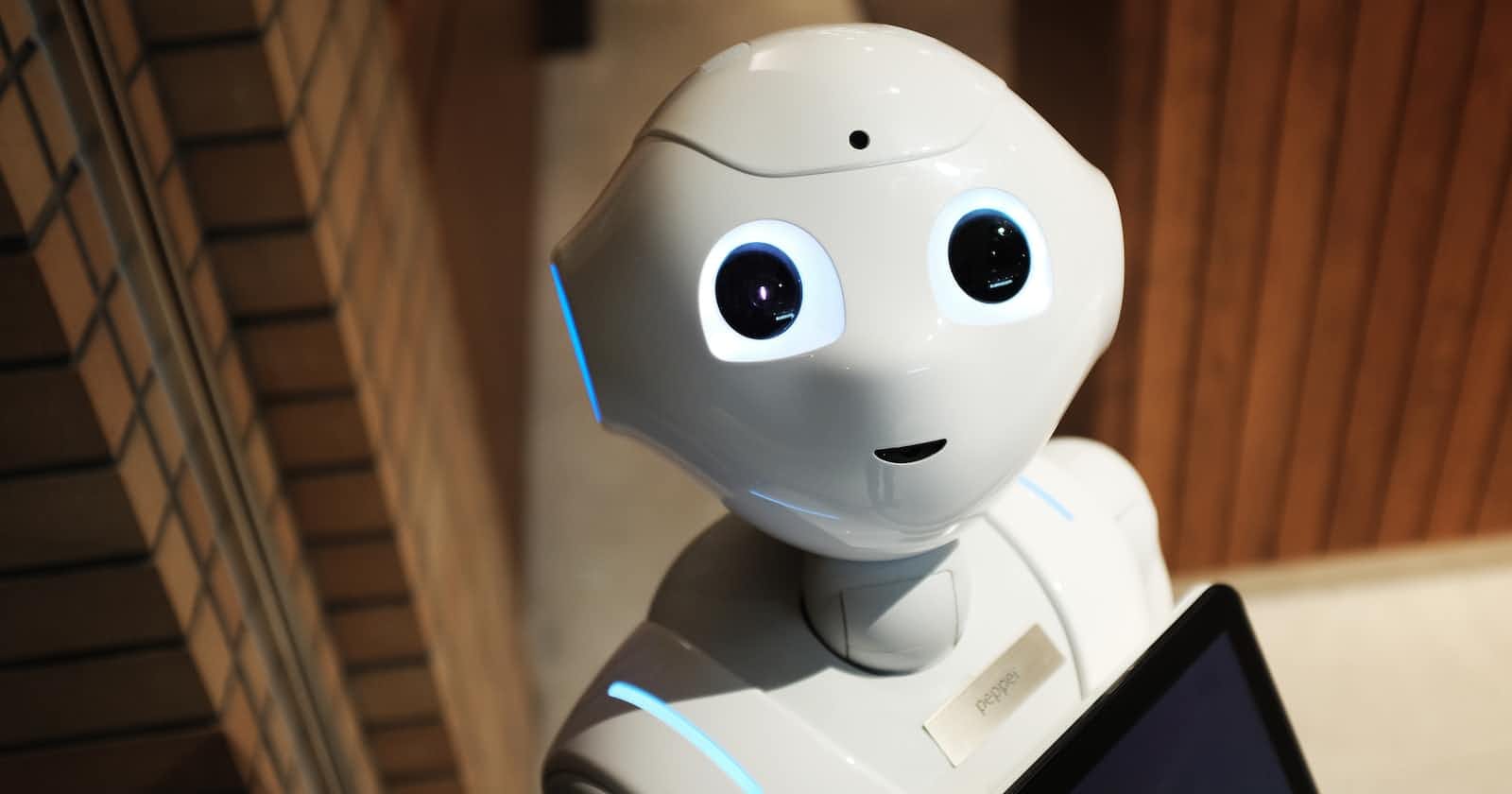Introduction:
In the realm of technological evolution, robotics stands as a testament to human ingenuity and the pursuit of innovation. As we witness the integration of robots into various facets of our lives, it becomes imperative to examine this transformative field from a neutral standpoint. In this exploration, we delve into the diverse landscape of robotics, shedding light on its applications, challenges, and the intricate interplay between technology and society
The Evolution of Robotics:
From the first industrial robots of the 1960s to the sophisticated humanoid robots of today, the evolution of robotics has been marked by leaps in both hardware and software. Early industrial robots automated routine tasks, significantly boosting efficiency in manufacturing. Today, robots encompass a wide spectrum, ranging from collaborative robots (cobots) working alongside humans to advanced AI-driven systems with the ability to learn and adapt.
Applications Across Industries:
Robotics has found applications in an array of industries, contributing to increased productivity and precision. In manufacturing, robots assemble products with unparalleled accuracy, while in healthcare, robotic-assisted surgeries offer a new frontier in medical interventions. Exploration of hazardous environments, like deep-sea or outer space, is now possible through the use of specialized robots, reducing human risk.
Collaborative Robots (Cobots):
One of the notable trends in modern robotics is the rise of collaborative robots, designed to work harmoniously alongside humans. These cobots, equipped with advanced sensors and safety features, are redefining workflows in manufacturing, logistics, and even customer service. The seamless integration of humans and robots fosters efficiency while maintaining a focus on safety.
Challenges and Ethical Considerations:
As we celebrate the progress in robotics, it is crucial to address the challenges that accompany this technological wave. Concerns about job displacement, ethical considerations in AI, and the potential misuse of robotics underscore the need for a balanced approach. Striking a harmony between technological advancements and societal well-being requires thoughtful consideration and regulatory frameworks.
The Human-Robot Interaction:
The relationship between humans and robots is evolving, shaping the narrative of our technological future. Understanding the nuances of human-robot interaction is pivotal for the successful integration of robotics into society. It involves not only refining the technical capabilities of robots but also addressing psychological and sociological aspects to ensure acceptance and collaboration.
Conclusion:
In this era of rapid technological advancement, robotics emerges as a multifaceted force with the potential to redefine industries and augment human capabilities. As we navigate the intricate landscape of robotics, it is essential to maintain a neutral and informed perspective. By acknowledging the diverse applications, addressing challenges, and fostering responsible innovation, we can collectively shape a future where robotics enhances our lives while respecting the values and ethics that define our society.

